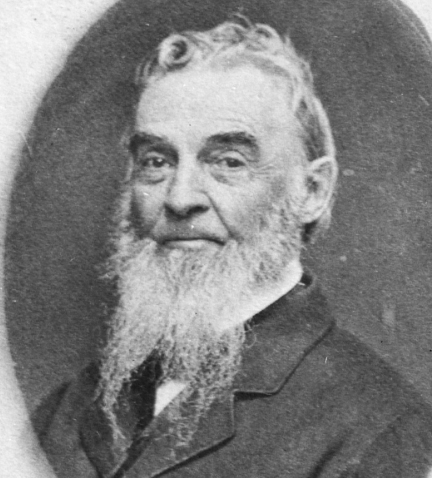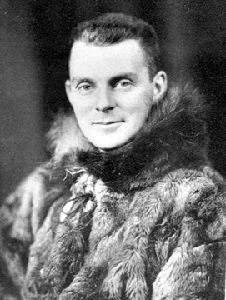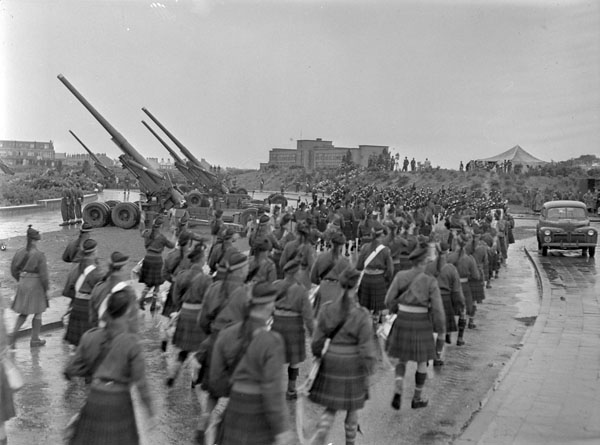Article
Documenting the First World War
The First World War forever changed Canada. Some 630,000 Canadians enlisted from a nation of not yet eight million. More than 66,000 were killed. As the casualties mounted on the Western Front, an expatriate Canadian, Sir Max Aitken (Lord Beaverbrook), organized a program to document Canada’s war effort through art, photography and film. This collection of war art, made both in an official capacity and by soldiers themselves, was another method of forging a legacy of Canada’s war effort.













